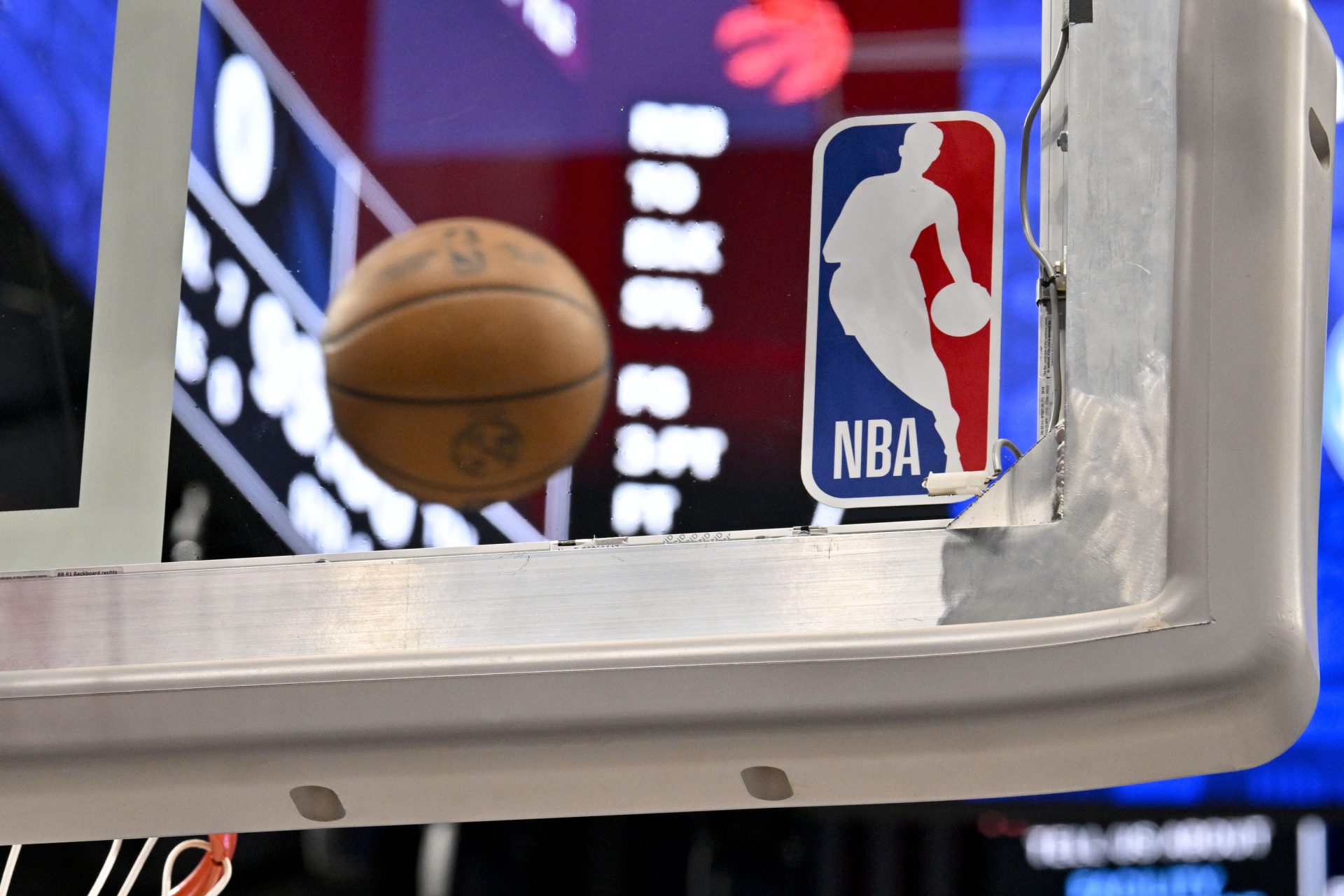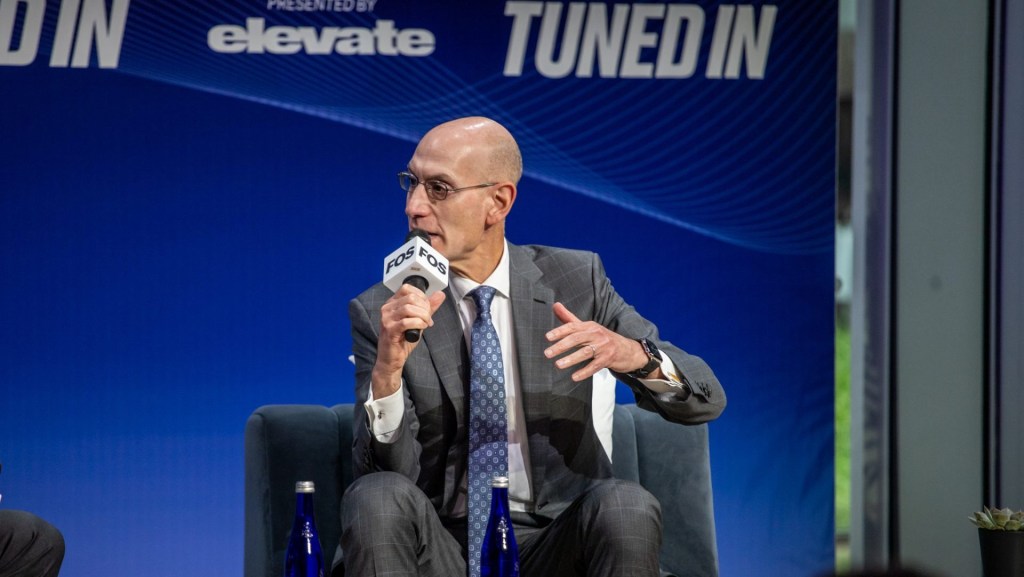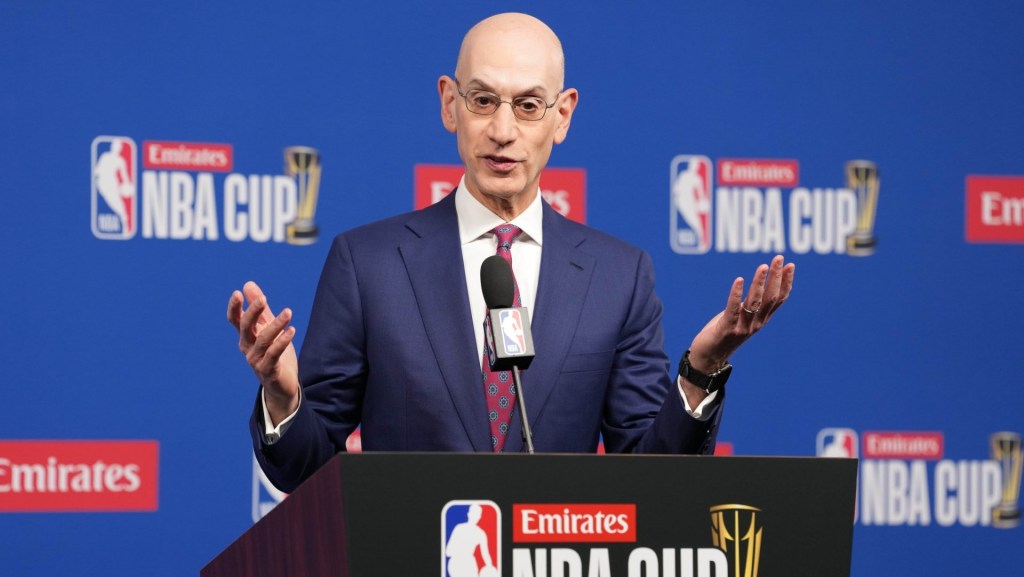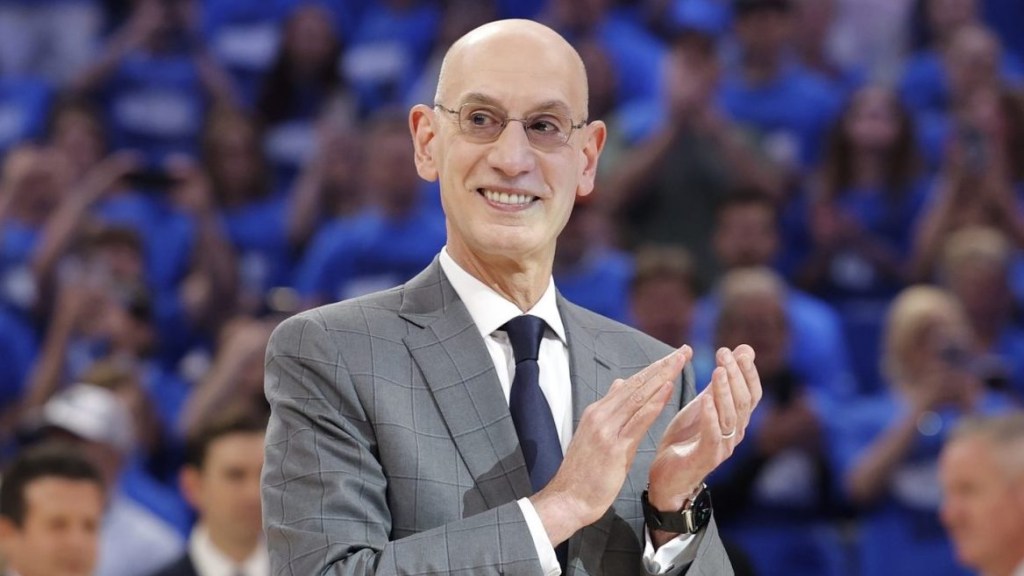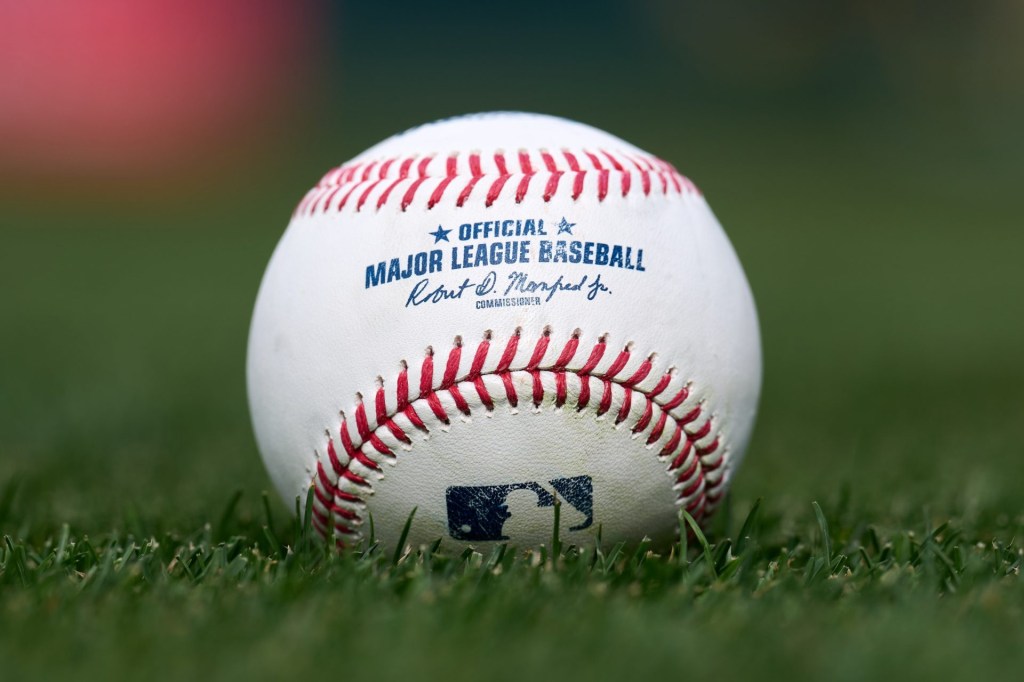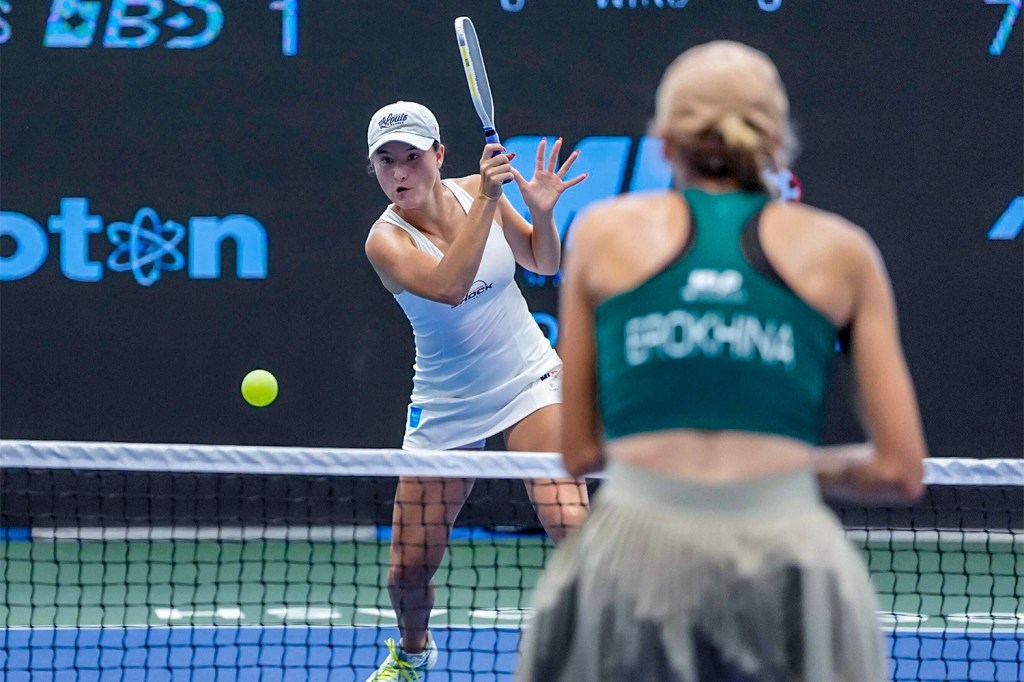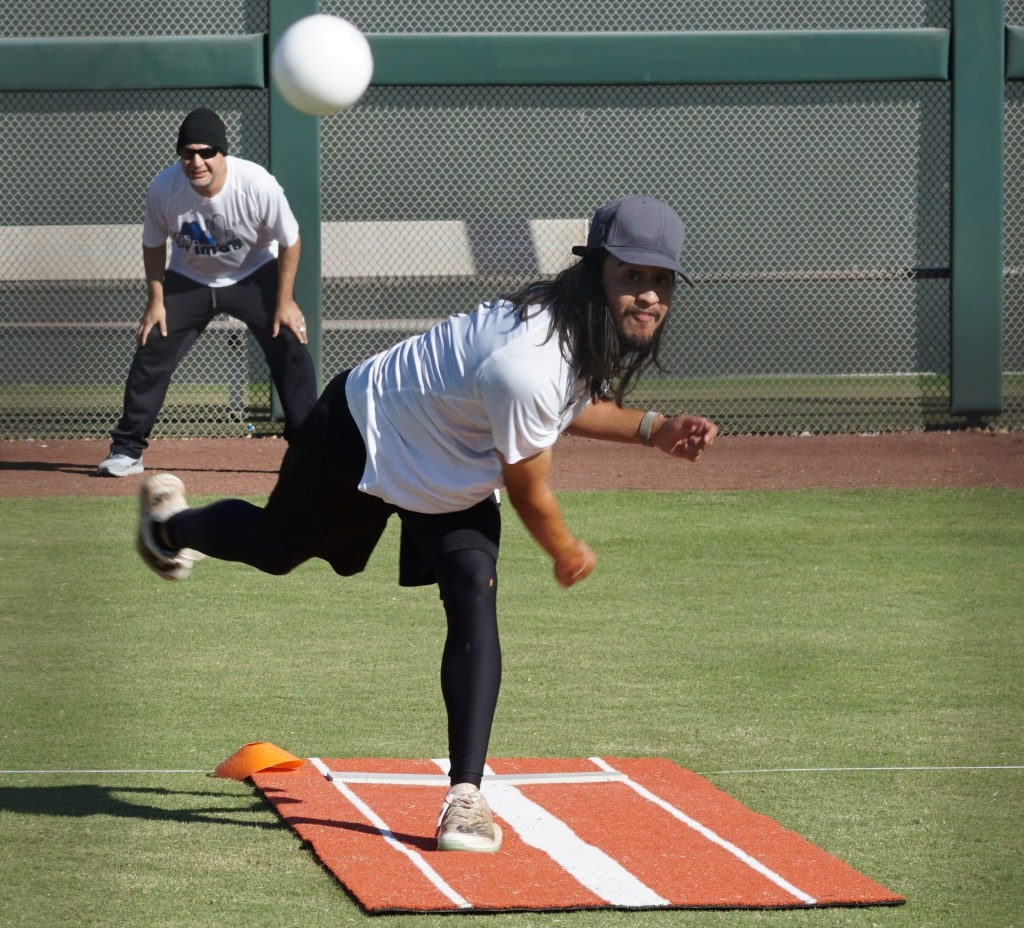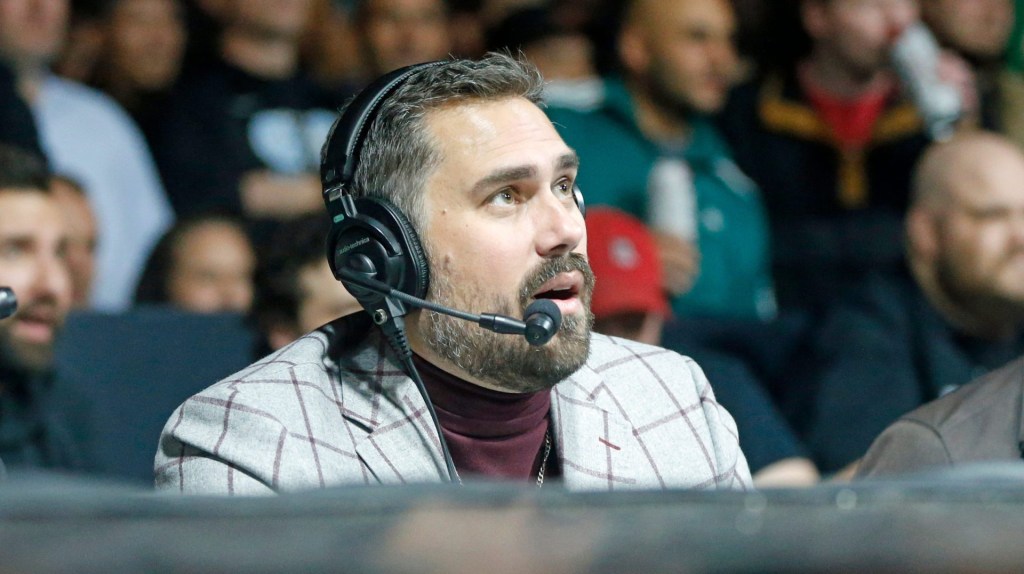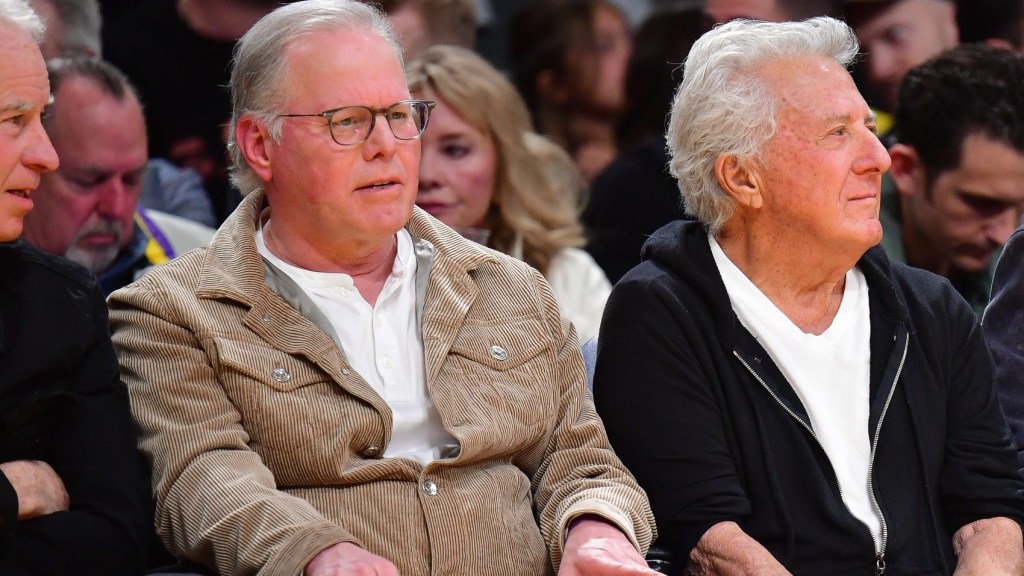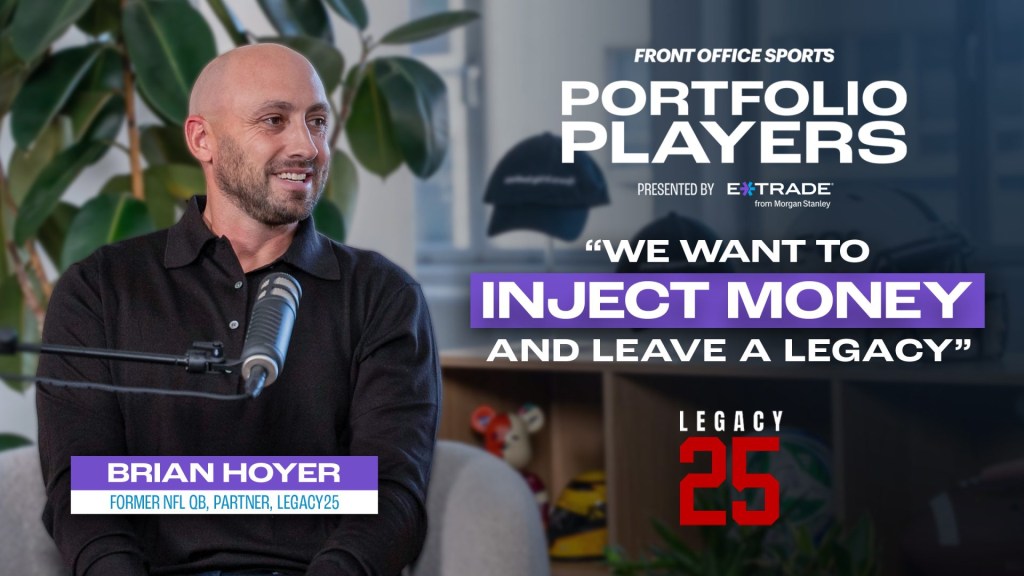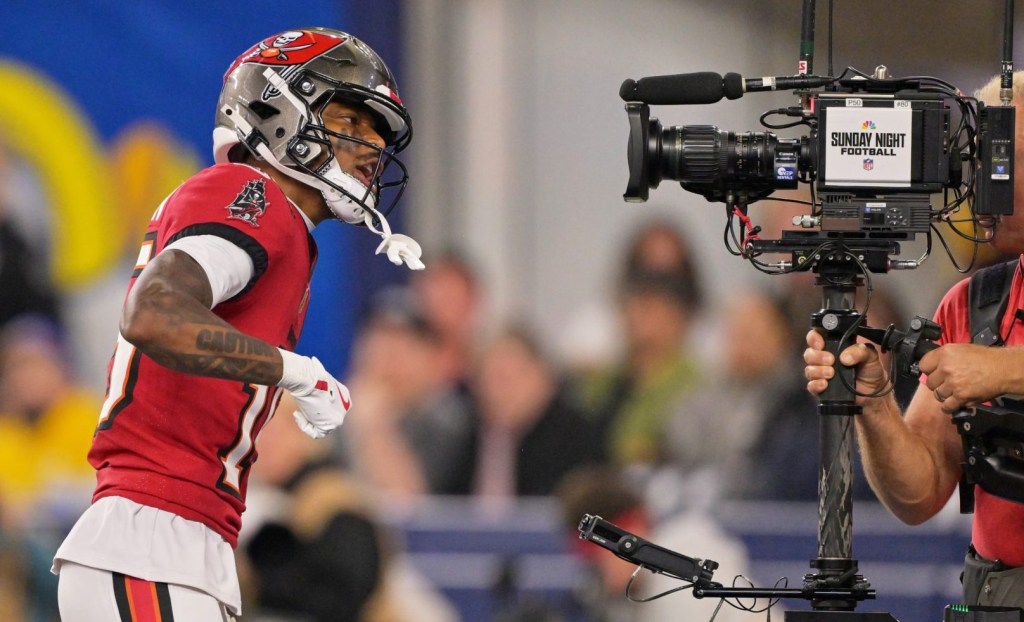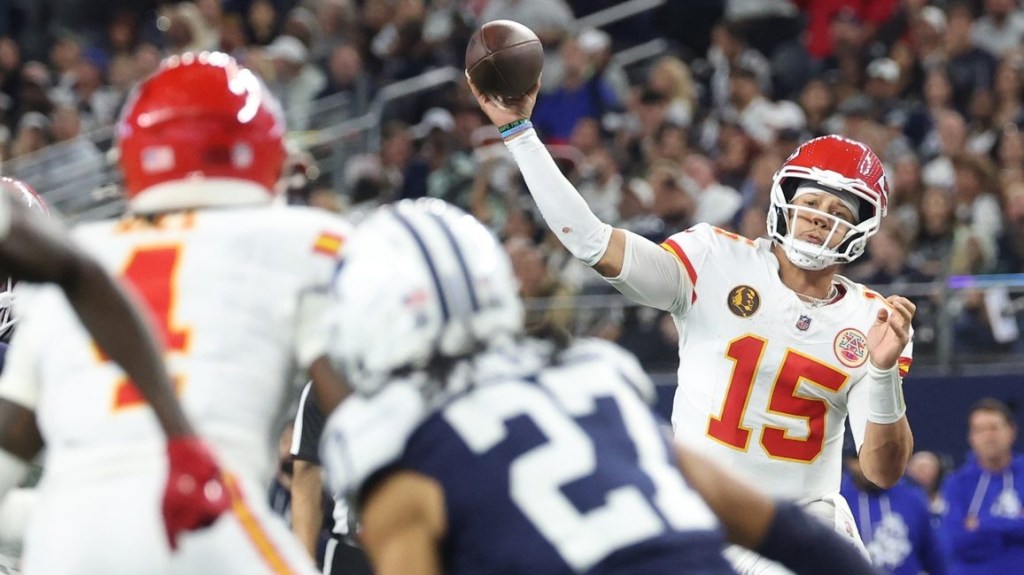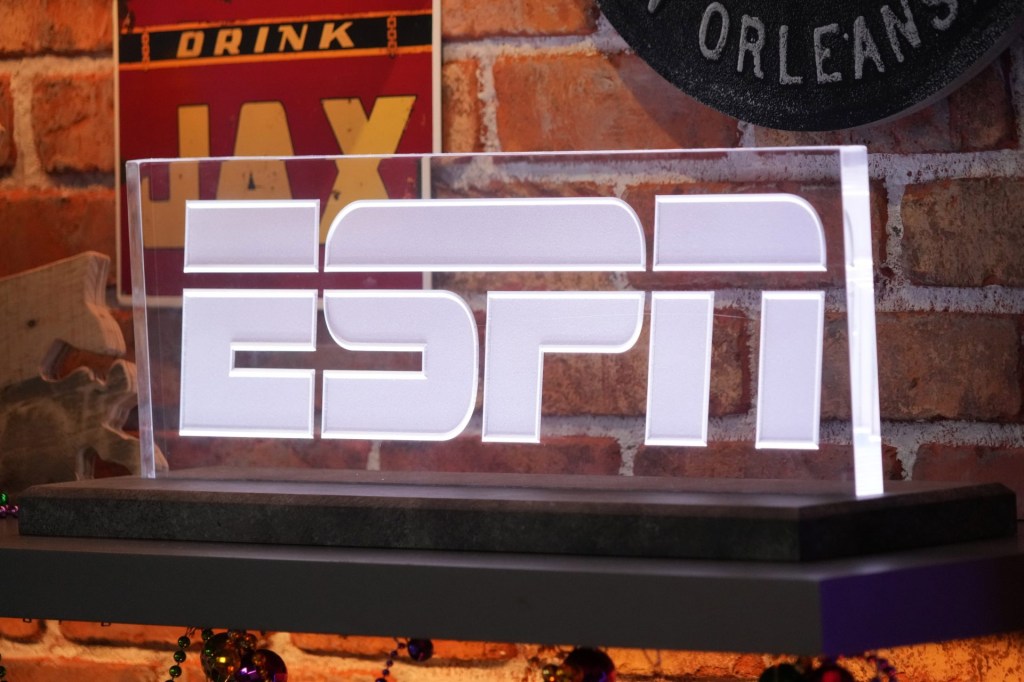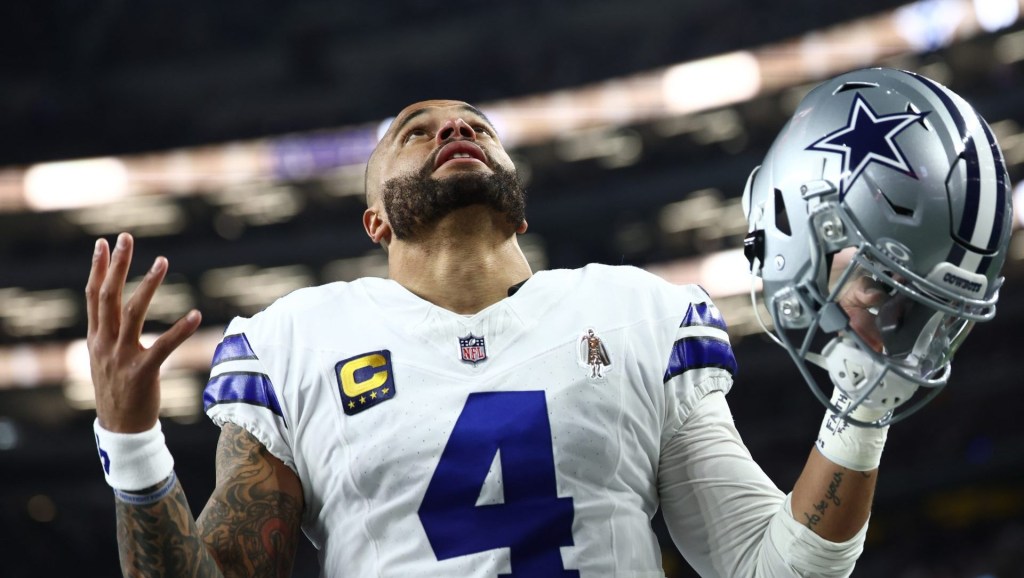As fragmentation continues to mushroom across sports broadcasting, the NBA is well aware it has an issue here of its own making, and it is looking to do something about it.
The league is introducing a new “Tap to Watch” initiative across all of its own media extensions, as well as a variety of outside digital and social media platforms, that will direct fans to live national and local games. The move arrives as the NBA begins $77 billion worth of new media deals this season with Amazon, ESPN, and NBC Sports—a set of contracts that, once football season ends, will involve national games shown every day of the week.
Adding further to the potential confusion for fans, and what Tap to Watch seeks to address, is the involvement of streaming services such as Amazon Prime Video, Peacock, and ESPN’s new direct-to-consumer service in the NBA game coverage, beyond the linear platforms for NBC and ESPN.
In addition to the NBA app, NBA.com, and individual team apps and websites, Tap to Watch will involve Google, Meta, X/Twitter, Snap, Reddit, Roku, and Dapper Labs from the start of the season on Oct. 21. Later on, others such as FanDuel, Fanatics, and Yahoo Sports will also roll out Tap to Watch, and the function will be localized, allowing fans to access teams in their market.
“I don’t want to be Pollyanna-ish about it. There’s going to be disruption for our fans,” NBA commissioner Adam Silver said last month at the Front Office Sports Tuned In summit regarding the new set of media-rights deals. “I recognize that I’m going to be sitting on some stage a few months from now and people are going to be complaining, that you have three partners now and it’s hard to find the games. So the NBA app is going to be a front door to all those services. … And over time, technology will make this easier.”
The NBA now has full control of its in-house platforms after a dramatic reworking of its deal with TNT Sports.
Bigger Concerns
The fragmentation issue has become much more prominent across sports in recent years as many major pro leagues beyond the NBA have struck rights deals with an increasing number of outlets. That strategy allows games to be shown across a wide number of platforms in an effort to reach fans where they are, but also makes games more difficult to find on a night-to-night basis.
“It’s never been a better time [to be a fan] because, let’s face it, every sport in the world is available in some fashion or another to watch. That wasn’t the case not that many years back,” Apple SVP of services Eddy Cue said this week at the Autosport Business Exchange NYC conference. “We can all watch everything, but it’s very hard to find. You have to sign up for 1,200 subscriptions around them. And if you’re traveling, you’re screwed. It’s not a great experience for customers.”
MLB commissioner Rob Manfred, also speaking last month at the Tuned In summit, similarly acknowledged a need for that league to simplify access to games for fans. As a result, MLB is pursuing a more centralized media strategy beginning after 2028, when its current national-rights deals expire.
“If there’s a centralized approach, it’s a lot easier to get into a world where a fan has a reduced number of places to look for a particular game,” Manfred said. “When you have to pause and think about where a game might be, that’s not ideal from a fan’s perspective.”
